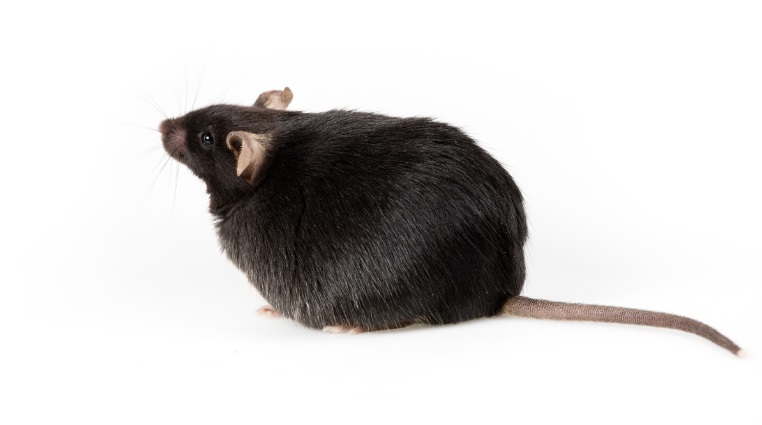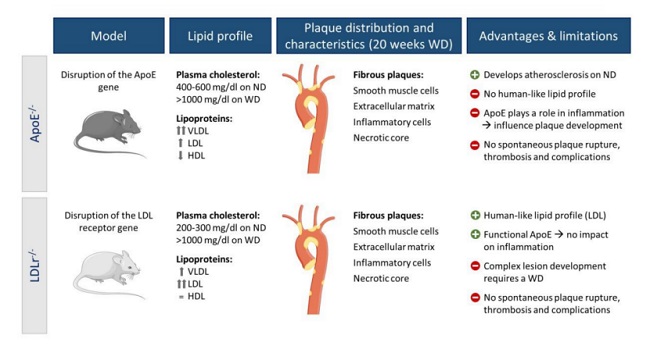The addition of compounds or medications to the diets is quite common in animal experiments, but researchers must consider the following in terms of formula design and production process selection.
Purity of additives
If you need to add a specified percentage of compound to your diets, you should pay attention to the purity of the effective components of the compound, and then convert it according to the purity to determine the weight of the actual additives, otherwise the content of additives will be low.
Percentage content of additives
For example, the content of 1% and 10% additives is different in the selection of production process. The content of 1% additives will not affect the nutrients in the diet, while the content of 10% additives will reduce the content of nutrients in the diet. Therefore, it is necessary to supplement the lost nutrients.
Physicochemical properties of additives
The physicochemical properties of additives will directly affect operation steps during processing, such as the water solubility and high temperature tolerance of additives. Moreover, whether the additives are toxic must also be informed truthfully in order for the producer to be effectively protected.
 Formula Design of Lab Animal Diets
Formula Design of Lab Animal Diets
 Correlation between body weight gain and temperature in mice
Correlation between body weight gain and temperature in mice
 3 Common Problems in Using High-Fat Rodent Diets
3 Common Problems in Using High-Fat Rodent Diets
 Comparison of Diet-induced Atherosclerosis in APOE and LDLR Mice
Comparison of Diet-induced Atherosclerosis in APOE and LDLR Mice